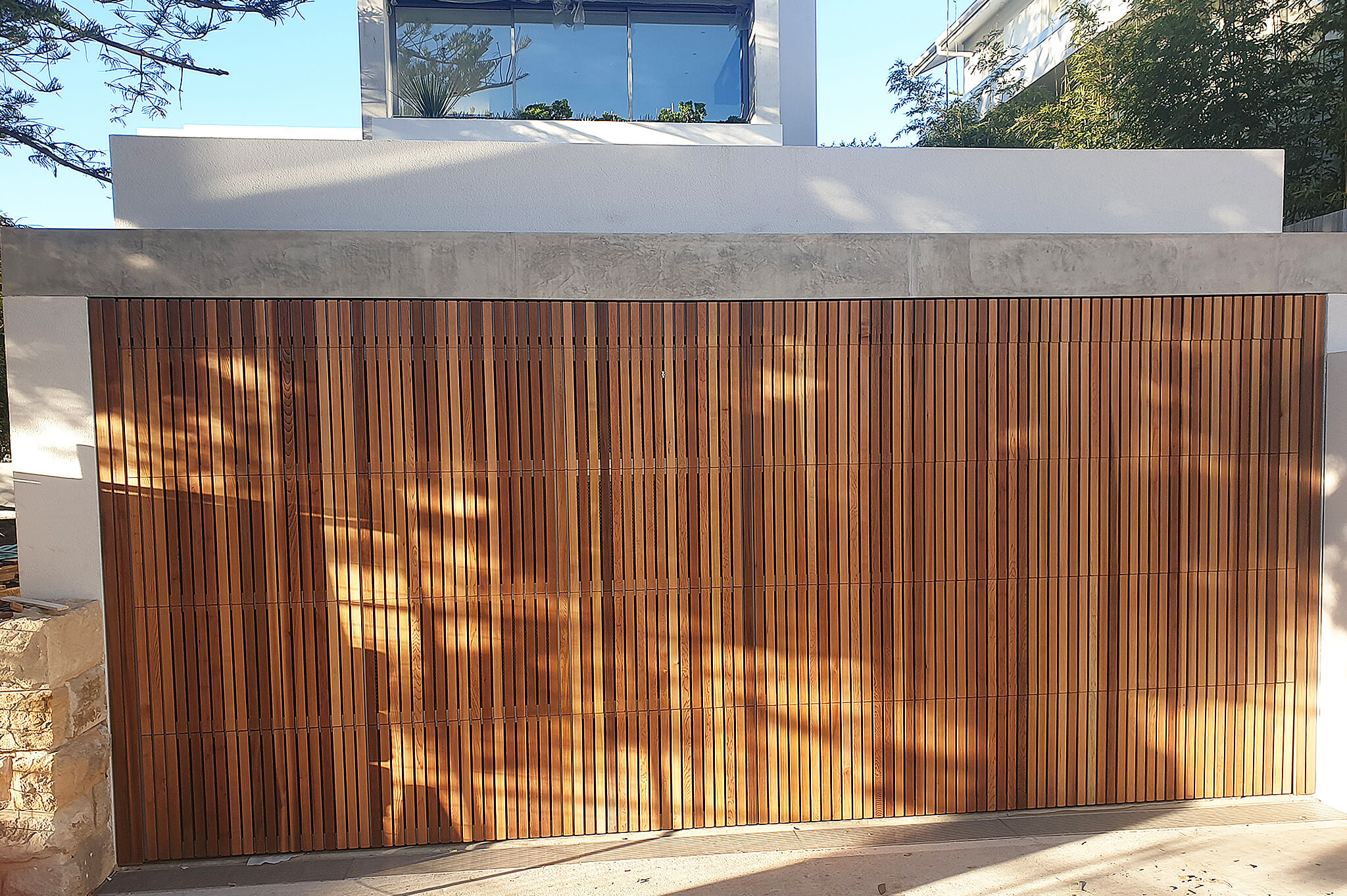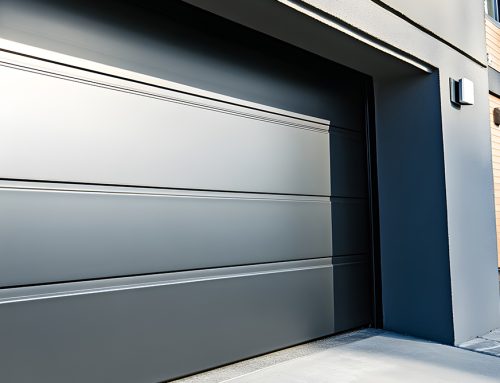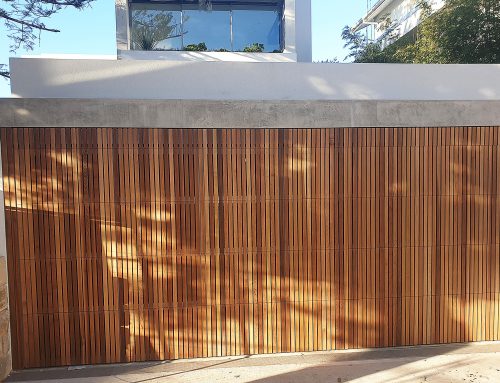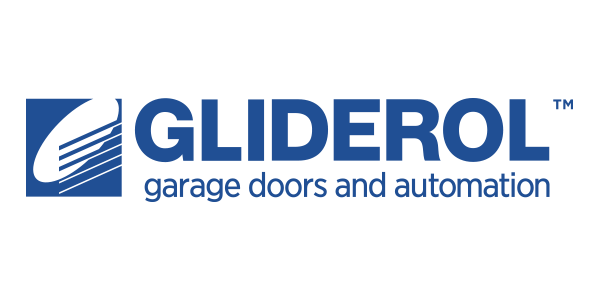Introduction: Garage door insulation is an essential feature for homeowners looking to improve energy efficiency, reduce noise, and increase comfort. This comprehensive guide will cover the types of insulation available, the benefits of each, and tips for installation.
Types of Garage Door Insulation:
- Polystyrene Insulation: Often used in garage doors, polystyrene insulation is rigid and lightweight. It provides good thermal resistance but less soundproofing.
- Polyurethane Insulation: Known for its superior thermal insulation properties, polyurethane foam is sprayed into the door panels, creating a strong bond and reducing noise.
- Reflective Foil Insulation: This type of insulation reflects heat away from the garage door, making it ideal for hot climates. It’s easy to install but offers less soundproofing.
- Fiberglass Insulation: Fiberglass is another common insulation material, providing excellent thermal resistance. It’s available in batt or blanket form.
Benefits of Insulating Your Garage Door:
- Energy Efficiency: Insulated garage doors help maintain a consistent temperature, reducing the need for heating or cooling and lowering energy bills.
- Noise Reduction: Insulated doors are quieter during operation, making them ideal for homes where the garage is adjacent to living spaces.
- Increased Durability: The additional layers of insulation add strength to the door, making it more resistant to dents and damage.
- Comfort: An insulated garage is more comfortable to work in, whether you’re using it as a workshop, gym, or storage space.
How to Choose the Right Insulation:
- Consider Your Climate: In colder climates, a higher R-value insulation like polyurethane is recommended. In warmer climates, reflective foil may be sufficient.
- Think About Usage: If you use your garage frequently or as a living space, investing in high-quality insulation will improve comfort and reduce noise.
- Assess Your Door Material: Some insulation types work better with specific materials. For example, steel doors pair well with polyurethane insulation.
DIY Installation Tips:
- Measure Accurately: Before purchasing insulation, measure your door panels accurately to ensure a proper fit.
- Seal Gaps: Ensure that all gaps and seams are sealed with weather stripping or caulk to maximize the insulation’s effectiveness.
- Safety First: Wear protective gear like gloves and a mask when handling insulation materials, particularly fiberglass.
Conclusion: Insulating your garage door is a smart investment that can enhance comfort, energy efficiency, and even the value of your home. Whether you choose to install insulation yourself or hire a professional, the benefits are significant.















Leave A Comment